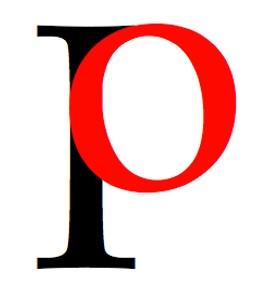Why ALE | Examples | Strategies | Libraries | Articles
Picture students making frequent connections to curriculum outcomes in deep and meaningful ways. Imagine them caring about the academic tasks as if someone important to them is counting on their success. Authentic Learning Experiences (ALE) transforms this picture into reality. ALE is a growing practice in 40 minute lessons to units that go one to five weeks, and much longer ones.
Use the navigation links above to explore different aspects of ALE from concept to practices to implementations. Or continue below to explore the why of Authentic Learning Experiences.
***
The concept of ALE is simple:
Immerse students into real world situations and/or challenges to make meaningful connections to curriculum.
Here are some examples:
- interview a water quality employee to better understand the science and community impact
- publish a position paper about a social or political issue
- teach 2 and 3 digit multiplication and informational writing by having students create a budget for curriculum night event. Have a panel stakeholders decide which one to implement.
- invite a business owner to share their marketing problem of promoting their business. Students are tasked with devising a persuasive multimedia marking campaign for review by the business owner.
- devise an idea for more ADA compliant supports to be used to improve daily life, ie. store access, hotel room design, or use of gadgets like phones and other digital devices.
Why is ALE important for learners?
Authentic Learning Experiences help students connect curriculum with real world meaning. Academic subjects can feel abstract to some students, resulting in a belief that the “knowledge” is only relevant in the classroom as part of work to be done, and not remembered. This belief is far from the truth about how content builds to many applications and uses in the world beyond the school walls. When students grapple with the connections between concept and authentic applications, the skills gain value because job purpose is provided.
Additionally, authentic audience participation is valuable. Such a participant can support the lesson or unit by participating in a Q&A, mentoring, acting as a resource, or posing a genuine problem or question that they need an answer. From my experiences, and those of teachers and administrators I’ve helped, students were more likely to step up to the challenge. An genuine audience or client puts a “face” to the tasks. Confronted with that person or organization, students tend to raise their efforts for deeper quality of work, because someone is counting on them. An audience that is not the teacher seems to communicate that the work is not just an exercise. It’s impact is real. Students have a voice in the global community.
Navigating a Global Community
The world is smaller in the sense that technology such as social media has sped up the flow of information and communication access to anywhere. No longer can students work on academics for the sake of curriculum, with justifications that the work will prepare them for the “real world.” Such assertions are simply not true. Traditional instructional practices alone might develop students with a deep understanding of content, with little or no connection to the rich applications and implications in the world beyond school. Traditional instruction that are effective practices do have a place in today’s teaching and learning–if those practices are incorporated, and sometimes reinvented, into connections and applications in the global community.
Video conferencing, virtual worlds, digital collaborative spaces and tools, and apps provide a variety of ways to bring the world inside the classroom, and the students entrance into the world. Publication of ideas as comments to articles, to videos are literally at our fingertips. Access to experts, professionals, enthusiasts, and explorers has become so easy that a real challenge is how to communicate with them, and effectively sift through what is evidenced-based to agenda-driven. These are the experiences and 21st Century Learner skills that students need experience with as they learn curriculum.
Now What
Authentic Learning Experiences are not a new idea. It continues to evolve based on the world that we live in. In the late 1990s, cell phones were a tool that was not a common tool, nor as useful, as it has become today, with the merging of computer technology and the internet. As the global community shrinks and careers evolve, students need more experiences that applies curriculum in an authentic context beyond school.
Start simple with one lesson or a collection of 2-3 learning experiences. Build your comfort level, while giving students new interesting challenges. Expand to a unit focus, where students tackle a problem or puzzle. Their final product should demonstrate their understanding of content outcomes through their creative solutions. PBL is one such unit structure that supports this approach. Explore the possibilities through these resources below.

